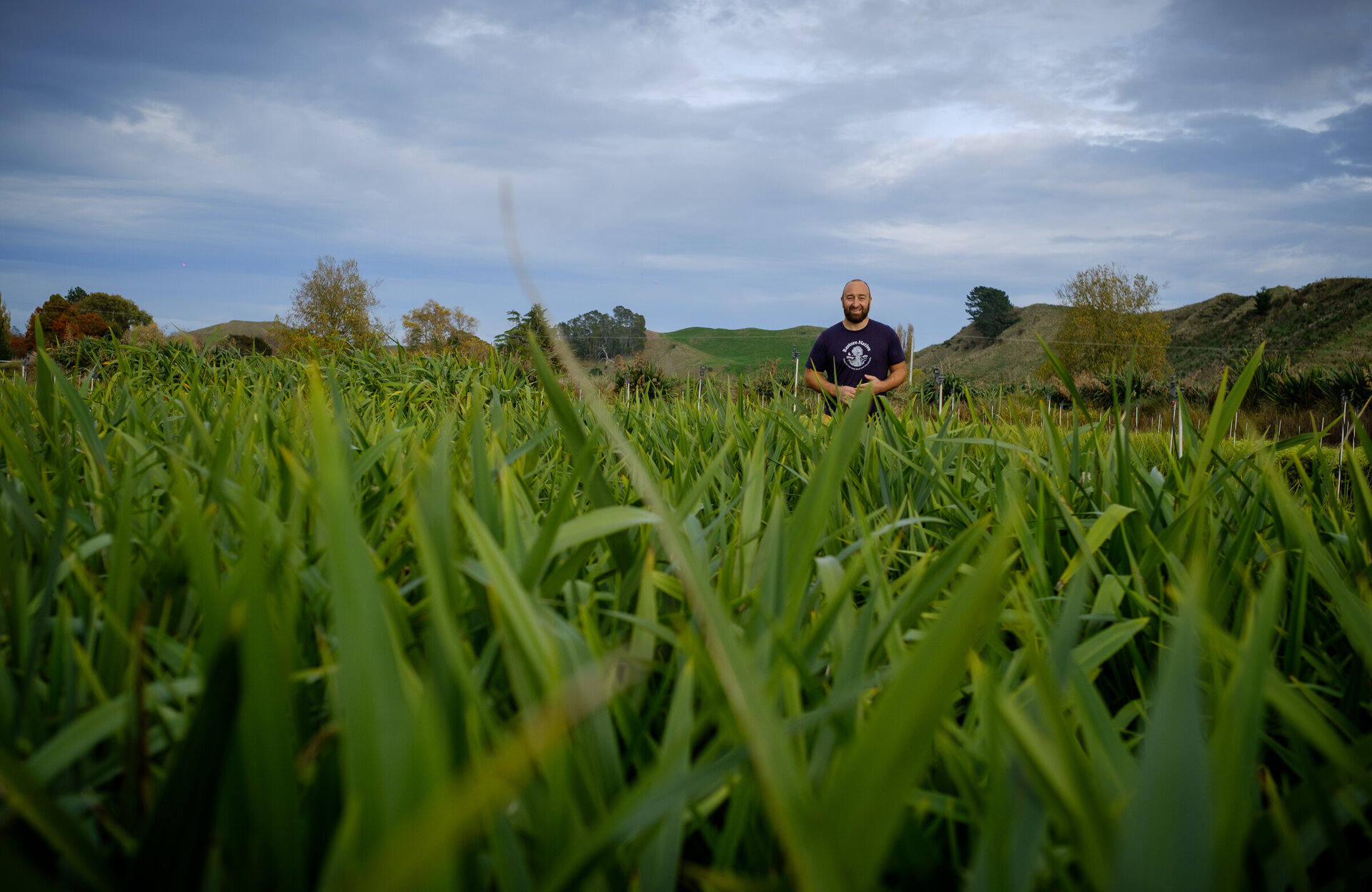We're thrilled to see your enthusiasm for planting trees! However, timing is crucial to ensure your new plants thrive. Planting in the middle of February, for instance, can be challenging due to the heat. To help you make the most of your planting efforts, here's a guide on the best times to plant, depending on your site and local climate.
Timing for Optimal Planting
In the Waikato, the ideal planting window is generally in the autumn, starting when the soil becomes moist. This typically begins after a dry summer when we get significant rain, often around late April. Planting at this time allows the soil to be adequately hydrated, which is essential for successful establishment.
If the summer has been particularly wet, you might be able to start planting a bit earlier, perhaps in early April. Conversely, if the soil remains dry, it's best to wait until it has absorbed enough moisture.
End of the Planting Season
You can continue planting up until the end of September or even into October for most sites. In some cases, such as wetland areas where the soil remains moist, planting can extend into November. This extended window allows for flexibility depending on specific site conditions.
Why Timing Matters
Trees planted during the cooler, wetter months have a better chance of establishing themselves before the heat of summer arrives. This period from autumn through to spring provides a relatively dormant phase where the trees can acclimate, recover from transplant shock, and prepare for vigorous growth when spring arrives in October and November.
By adhering to these timing guidelines, you'll give your trees the best chance to thrive and contribute to a lush, sustainable landscape. If you have any questions about the best planting times for your area, feel free to reach out—we're here to help you succeed in your planting projects!

